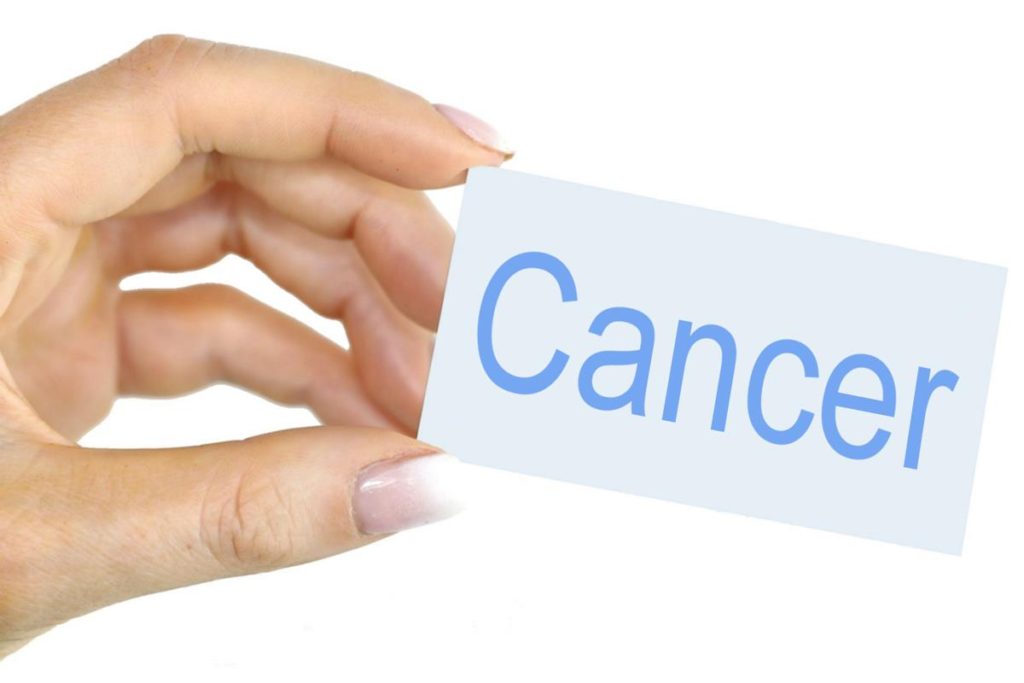Because there is no one but cancers and because each patient is unique, different types of treatments can be offered to treat you. They are prescribed alone or in combination. The choice of treatments is adapted according to each situation.
The main types of cancer treatments are:
surgery,
chemotherapy,
targeted therapies,
radiotherapy,
hormone therapy,
immunotherapy.
All of these treatments are aimed at eliminating cancer cells . They act either locally, that is to say only on the cancer cells of an affected organ, or systemically, that is to say on all the cancer cells present in the body. Targeted therapies are selective and attack a specific target in the cancer cell. Surgery and radiotherapy are so-called local treatments, chemotherapy and hormone therapy are so-called general treatments. These treatments can be more or less combined.
Surgery is the oldest form of treatment for cancer.
It is still today very often the first treatment that is offered to people who have been diagnosed with cancer. It is used in about 80% of cases, but can also, for better efficiency, be carried out subsequently, or even sometimes even rejected.
The principle: it is very simple! Once the tumor is located, you are operated on to remove it.
The ‘ expected objective: eliminate the tumor and any cancerous cells present near it. The smaller the tumor, the greater the chances of success.
In practice: the operation is performed by a surgeon preferably or a specialist in the affected organ. It can be performed under general anesthesia (you are completely asleep) or under local anesthesia (only the intervention area is numbed); it all depends on the location of the tumor. The type of intervention and the technique used by the surgeon are adapted according to each particular situation.
Chemotherapy: acting with drugs
Chemotherapy is a treatment based on taking more or less combined drugs.
The principle: give you one or more drugs that are active against cancer cells . Many anticancer drugs (also called anti-tumor) have been developed, especially since the 1970s.
These drugs work either by destroying cancer cells or by stopping their multiplication. Some of them are more active against one type of cancer than others.
L ‘ goal: eliminate cancer cells in the body where they are. Chemotherapy can thus be used to reduce the size of a tumor before surgery, to limit the risk of recurrence after surgery or to treat secondary locations of the tumor.
In practice: Most chemotherapy drugs come in a liquid form which is injected directly into a vein. They are thus administered intravenously during infusions. To facilitate infusions, it is common to use a catheter . It is a device implanted under the skin (during a small surgical procedure).
It is provided with a pipe which is directly connected to a vein. There are also chemotherapy drugs that are taken orally (by mouth). In some cases, chemotherapy can be given intramuscularly or directly into the tumor or into a body cavity where cancer cells have grown. Treatment with chemotherapy may include one or more drugs.
The choice of the drug (s) depends in particular on the location of the cancer, the stage of the disease and the general condition of the person. The treatment is administered in cycles (or cures) over one or more days. When chemotherapy is given intravenously, it is usually necessary to go to the hospital for the infusions.
Oral chemotherapy drugs are taken at home. After each cycle, a period of rest is provided, which allows the body to recover. Chemotherapy can be accompanied by side effects, which are known, their intensity can vary and their management is well defined. Regular consultations allow the oncologist to monitor the effectiveness of the treatment and ensure that the body is supporting it as well as possible. The duration of chemotherapy treatment depends on its effectiveness and tolerance. It is usually several months.

